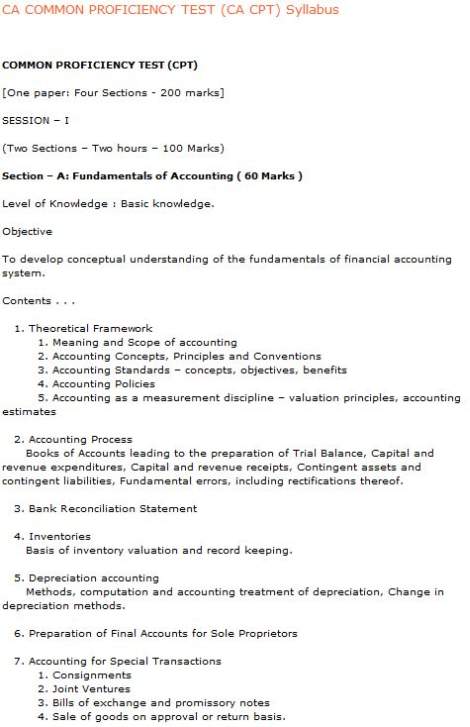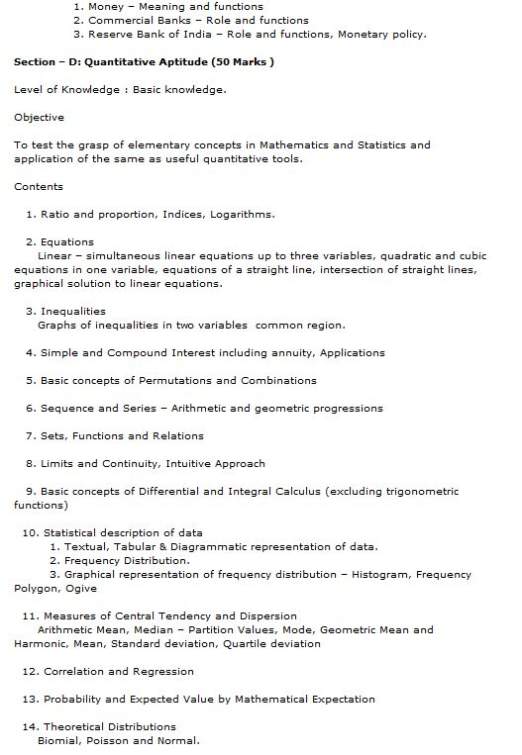The registration to the Common Proficiency Test is valid for a period of 3 years and the student is required to revalidate the same from the concerned Regional Office on expiry of the said period.
In order to be eligible for the examination, the student must be having a valid Registration number on the date of application to the Examination.
The Registration Number for Common Proficiency Test (CPT) is supposed to be sent by The Institute of Chartered Accountants of India within couple of months from the date of registration, however, if you have not yet received your Registration Number for the upcoming Common Proficiency Test, you must contact:
THE ADDITIONAL SECRETARY (EXAMS.), EXAMINATION DEPARTMENT
THE INSTITUTE OF CHARTERED ACCOUNTANTS OF INDIA
'ICAI BHAWAN', INDRAPRASTHA MARG
NEW DELHI – 110 002
18603457439 -For users of MTNL or BSNL lines
0120-3054 851
0120-3054 852
0120-3054 853
0120-3054 854
0120-3054 835
0120-4953 751
0120-4953 752
0120-4953 753
0120-4953 754
Fax: 0120-3054 841, 0120-3054 843
Email
onlineexamforms@icai.in (only for technical resoultion of online form)
intermediate_examhelpline@icai.in final_examhelpline@icai.in cpt_exam@icai.in CPT exam syllabus
SESSION – I
(Two Sections – Two hours – 100 Marks)
Section – A: Fundamentals of Accounting ( 60 Marks )
Level of Knowledge : Basic knowledge.
Objective
To develop conceptual understanding of the fundamentals of financial accounting system.
Contents . . .
1. Theoretical Framework
1. Meaning and Scope of accounting
2. Accounting Concepts, Principles and Conventions
3. Accounting Standards – concepts, objectives, benefits
4. Accounting Policies
5. Accounting as a measurement discipline – valuation principles, accounting estimates
2. Accounting Process
Books of Accounts leading to the preparation of Trial Balance, Capital and revenue expenditures, Capital and revenue receipts, Contingent assets and contingent liabilities, Fundamental errors, including rectifications thereof.
3. Bank Reconciliation Statement
4. Inventories
Basis of inventory valuation and record keeping.
5. Depreciation accounting
Methods, computation and accounting treatment of depreciation, Change in depreciation methods.
6. Preparation of Final Accounts for Sole Proprietors
7. Accounting for Special Transactions
1. Consignments
2. Joint Ventures
3. Bills of exchange and promissory notes
4. Sale of goods on approval or return basis.
8. Partnership Accounts
Final accounts of partnership firms – Basic concepts of admission, retirement and death of a partner including treatment of goodwill.
9. Introduction to Company Accounts
Issue of shares and debentures, forfeiture of shares, re-issue of forfeited shares, redemption of preference shares.
Section – B: Mercantile Law (40 Marks )
Level of Knowledge : Basic knowledge.
Objective
To test the general comprehension of elements of mercantile law
Contents
1. The Indian Contract Act , 1872: An overview of Sections 1 to 75 covering the general nature of contract , consideration , other essential elements of a valid contract , performance of contract and breach of contract.
2. The Sale of Goods Act, 1930: Formation of the contract of sale – Conditions and Warranties – Transfer of ownership and delivery of goods – Unpaid seller and his rights.
3. The India Partnership Act, 1932: General Nature of Partnership – Rights and duties of partners – Registration and dissolution of a firm.
SESSION – II
Section – C: General Economics (50 Marks )
Level of Knowledge : Basic knowledge.
Objective
To ensure basic understanding of economic systems, economic behaviour of individuals and organizations.
Contents
1. Micro Economics
1. Introduction to Micro Economics
1. Definition, scope and nature of Economics
2. Methods of economic study
3. Central problems of an economy and Production possibilities curve.
2. Theory of Demand and Supply
1. Meaning and determinants of demand, Law of demand and Elasticity of demand, Price, income and cross elasticity
2. Theory of consumer ’s behaviour – Marshallian approach and Indifference curve approach
3. Meaning and determinants of supply, Law of supply and Elasticity of supply.
3. Theory of Production and Cost
1. Meaning and Factors of production
2. Laws of Production – The Law of variable proportions and Laws of returns to scale
3. Concepts of Costs Short-run and long-run costs, Average and marginal costs, Total, fixed and variable costs.
4. Price Determination in Different Markets
1. Various forms of markets – Perfect Competition, Monopoly, Monopolistic Competition and Oligopoly
2. Price determination in these markets.
2. Indian Economic Development
1. Indian Economy – A Profile
1. Nature of the Indian Economy
2. Role of different sectors – Agriculture, Industry and Services in the development of the Indian economy, their problems and growth.
3. National Income of India – Concepts of national income, Different methods of measuring national income, Growth of national income and per capita income in various plans.
4. Basic understanding of tax system of India – Direct and Indirect Taxation
2. Select Aspects of Indian Economy
1. Population – Its size, rate of growth and its implication for growth
2. Poverty – Absolute and relative poverty and main programs for poverty alleviation
3. Unemployment – Types, causes and incidence of unemployment
4. Infrastructure Energy, Transportation, Communication, Health and Education
5. Inflation
6. Budget and Fiscal deficits
7. Balance of payments
8. External debts.
3. Economic Reforms in India
1. Features of economic reforms since 1991
2. Liberalisation, Privatisation and Disinvestment
3. Globalisation.
4. Money and Banking
1. Money – Meaning and functions
2. Commercial Banks – Role and functions
3. Reserve Bank of India – Role and functions, Monetary policy.
Section – D: Quantitative Aptitude (50 Marks )
Level of Knowledge : Basic knowledge.
Objective
To test the grasp of elementary concepts in Mathematics and Statistics and application of the same as useful quantitative tools.
Contents
1. Ratio and proportion, Indices, Logarithms.
2. Equations
Linear – simultaneous linear equations up to three variables, quadratic and cubic equations in one variable, equations of a straight line, intersection of straight lines, graphical solution to linear equations.
3. Inequalities
Graphs of inequalities in two variables common region.
4. Simple and Compound Interest including annuity, Applications
5. Basic concepts of Permutations and Combinations
6. Sequence and Series – Arithmetic and geometric progressions
7. Sets, Functions and Relations
8. Limits and Continuity, Intuitive Approach
9. Basic concepts of Differential and Integral Calculus (excluding trigonometric functions)
10. Statistical description of data
1. Textual, Tabular & Diagrammatic representation of data.
2. Frequency Distribution.
3. Graphical representation of frequency distribution – Histogram, Frequency Polygon, Ogive
11. Measures of Central Tendency and Dispersion
Arithmetic Mean, Median – Partition Values, Mode, Geometric Mean and Harmonic, Mean, Standard deviation, Quartile deviation
12. Correlation and Regression
13. Probability and Expected Value by Mathematical Expectation
14. Theoretical Distributions
Biomial, Poisson and Normal.
15. Sampling Theory
Basic Principles of sampling theory , Comparison between sample survey and complete enumeration , Errors in sample survey , Some important terms associated with sampling , Types of sampling , Theory of estimation , Determination of sample size .
16. Index Numbers



